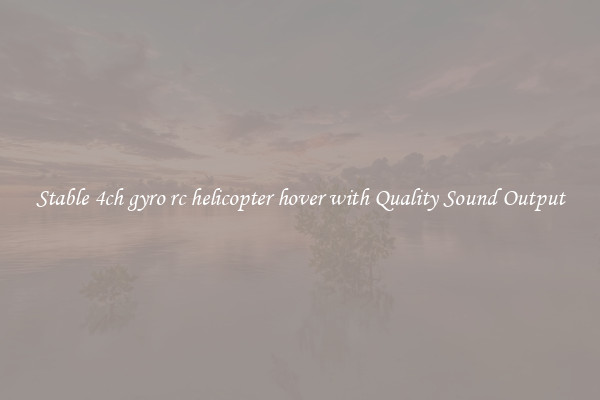Immaculate trumpeting For Fascinating Sound Notes
Immaculate Trumpeting for Fascinating Sound Notes

The trumpet is a brass instrument that has been captivating audiences for centuries. With its unmistakable sound and ability to create powerful melodies, it is no wonder that the trumpet is often the featured instrument in various genres of music.
When it comes to creating fascinating sound notes on the trumpet, one must possess not only skill but also an immaculate technique. The trumpet requires a great deal of physical stamina and breath control to produce its brilliant and resonant sound. The player must have a strong embouchure, which is the position of the lips and facial muscles when blowing into the instrument. This allows for the proper airflow and creates the desired tone quality.
In addition to a strong embouchure, the player must also possess excellent finger dexterity and control. The trumpet has three valves that, when depressed, alter the pitch of the instrument. Mastering the technique of using these valves in combination with different fingerings is crucial to playing captivating sound notes. It requires a great deal of practice and precision to execute smooth and seamless transitions between notes, particularly in fast passages.
Furthermore, mastering the articulation on the trumpet is essential for creating fascinating sound notes. Articulation refers to the way in which the player starts and ends each note. The player can use various techniques, such as tonguing or slurring, to achieve different articulation effects. Achieving a clean and precise articulation enhances the overall musicality and expressiveness of the sound notes played.
A compelling aspect of the trumpet's sound notes is its ability to produce a wide range of dynamics. From soft and delicate to loud and powerful, the player must have a keen awareness of the dynamics indicated in the music score and execute them accordingly. This control over dynamics adds depth and emotion to the sound notes played, making them even more captivating to the listener.
Lastly, the player's interpretation and musicality play a significant role in creating fascinating sound notes on the trumpet. The player must understand the style and character of the music being performed and infuse their personal artistic interpretation into each note played. This brings the music to life, making it both captivating and unique to the individual performer.
In conclusion, creating fascinating sound notes on the trumpet requires a combination of skill, technique, and musicality. A strong embouchure, finger dexterity, and control, as well as proper articulation and dynamics, all contribute to the overall mastery of the instrument. With practice and dedication, the trumpet player can produce immaculate sound notes that captivate the hearts and minds of their audience, making the trumpet a truly extraordinary instrument.

View details

View details

View details

View details







